Makita AN8300 User manual
Other Makita Nail Gun manuals
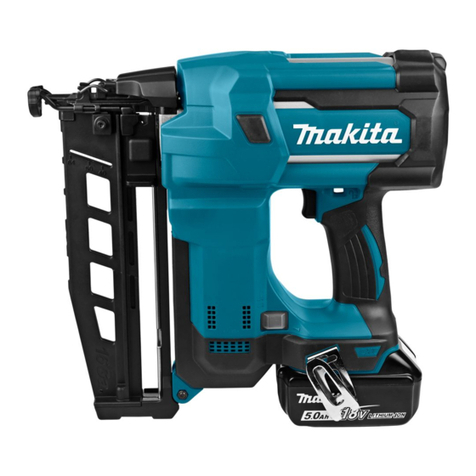
Makita
Makita DBN600RTJ User manual

Makita
Makita DBN500 User manual
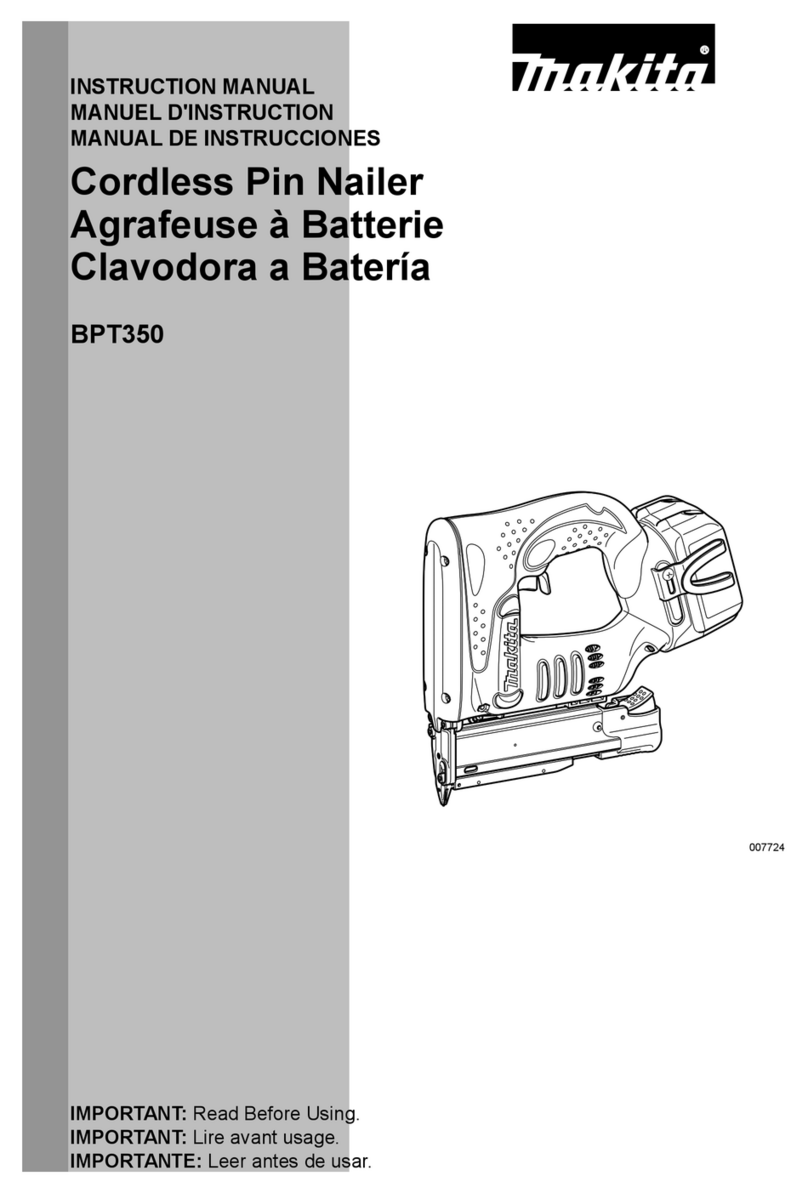
Makita
Makita BPT350 User manual

Makita
Makita PT354DSMJ User manual
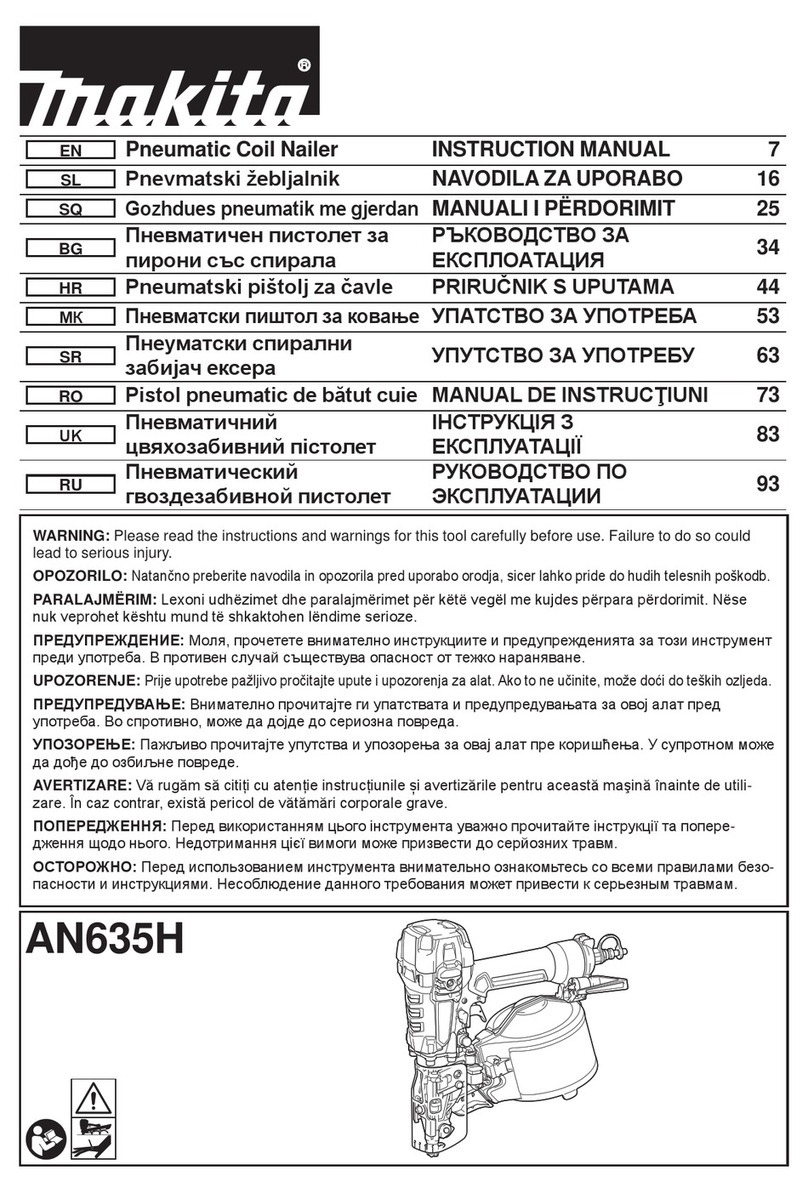
Makita
Makita AN635H User manual

Makita
Makita FN001GZ User manual
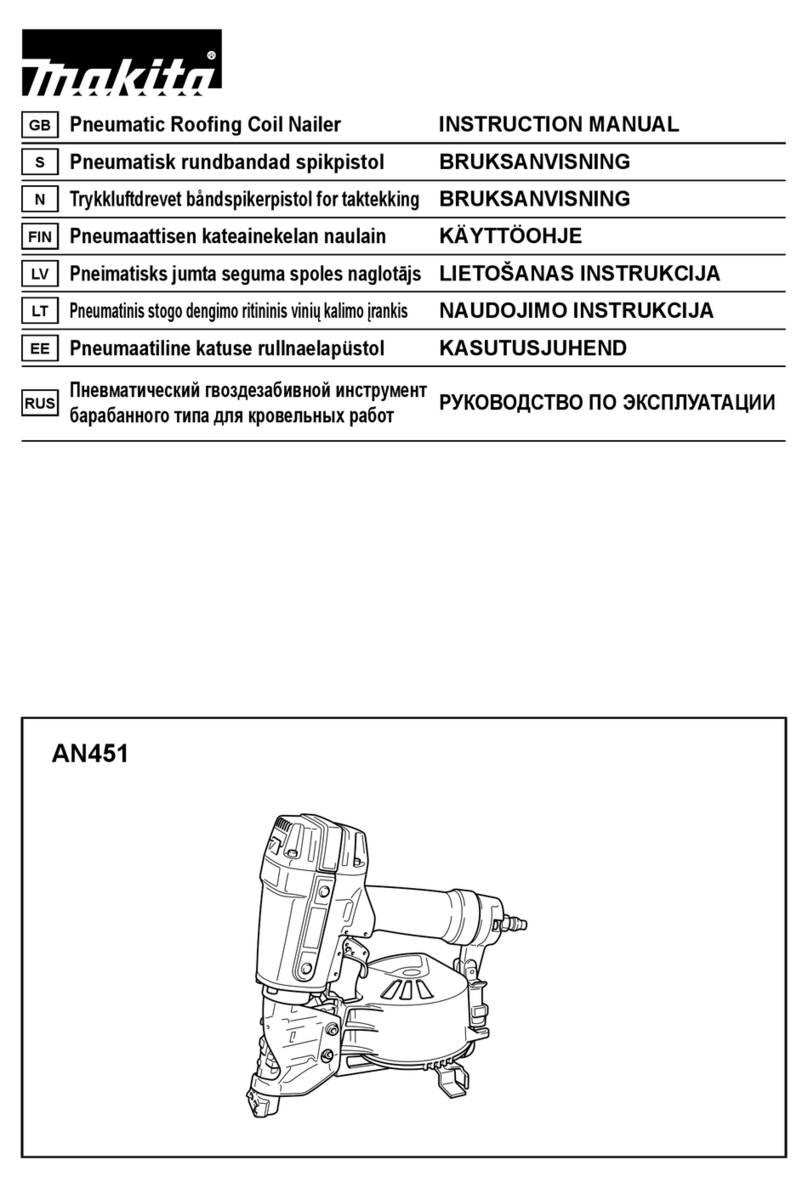
Makita
Makita AN451 User manual

Makita
Makita AF505 User manual

Makita
Makita AF500HP User manual
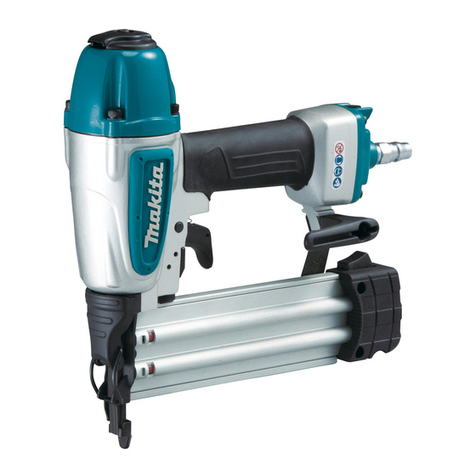
Makita
Makita AF506 User manual

Makita
Makita DBN600Z User manual

Makita
Makita DBN500 User manual
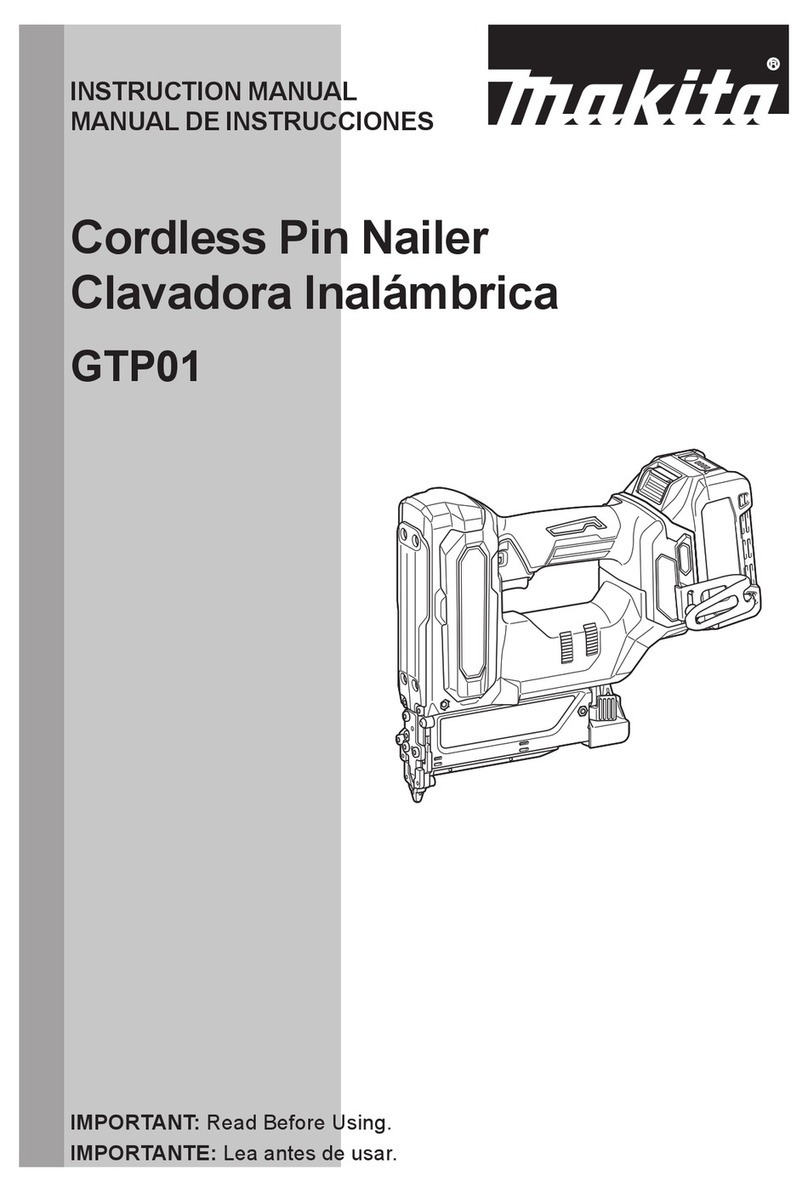
Makita
Makita GTP01 User manual

Makita
Makita DPT353 User manual

Makita
Makita AN621 Quick start guide

Makita
Makita AN450H User manual

Makita
Makita AF505 Quick start guide
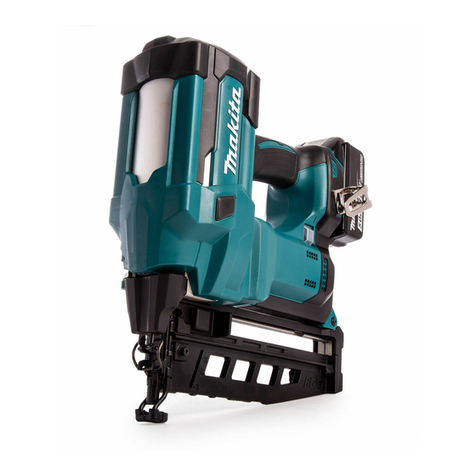
Makita
Makita DBN600 Operating instructions
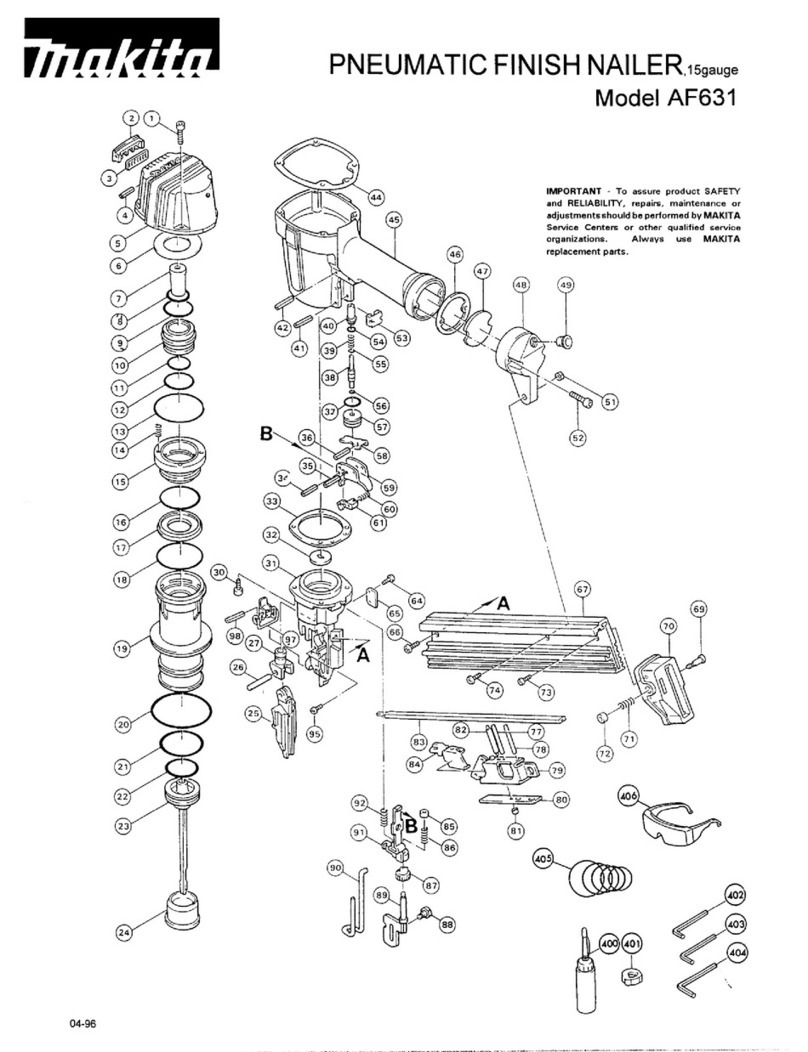
Makita
Makita AF631 User manual

Makita
Makita GN420C User manual
Popular Nail Gun manuals by other brands

Metabo HPT
Metabo HPT NR 3675DD Instruction and safety manual

EXTOL PREMIUM
EXTOL PREMIUM 8894580 Translation of the original user manual

DeWalt
DeWalt XR Li-Ion DCN680D2 Original instructions

Performance Tool
Performance Tool M643 owner's manual

Hitachi
Hitachi VH650 - Fencing Nailer, Full Head instruction manual

Parkside
Parkside PET 25 B1 Operation and safety notes

Metabo HPT
Metabo HPT NR 3690DC Instruction and safety manual

Surtek
Surtek CN650 User manual and warranty
Aicon PRO
Aicon PRO DAC4507 instruction manual

Parkside
Parkside PET 25 B1 Operation and safety notes

Senco
Senco AirFree 25 operating instructions
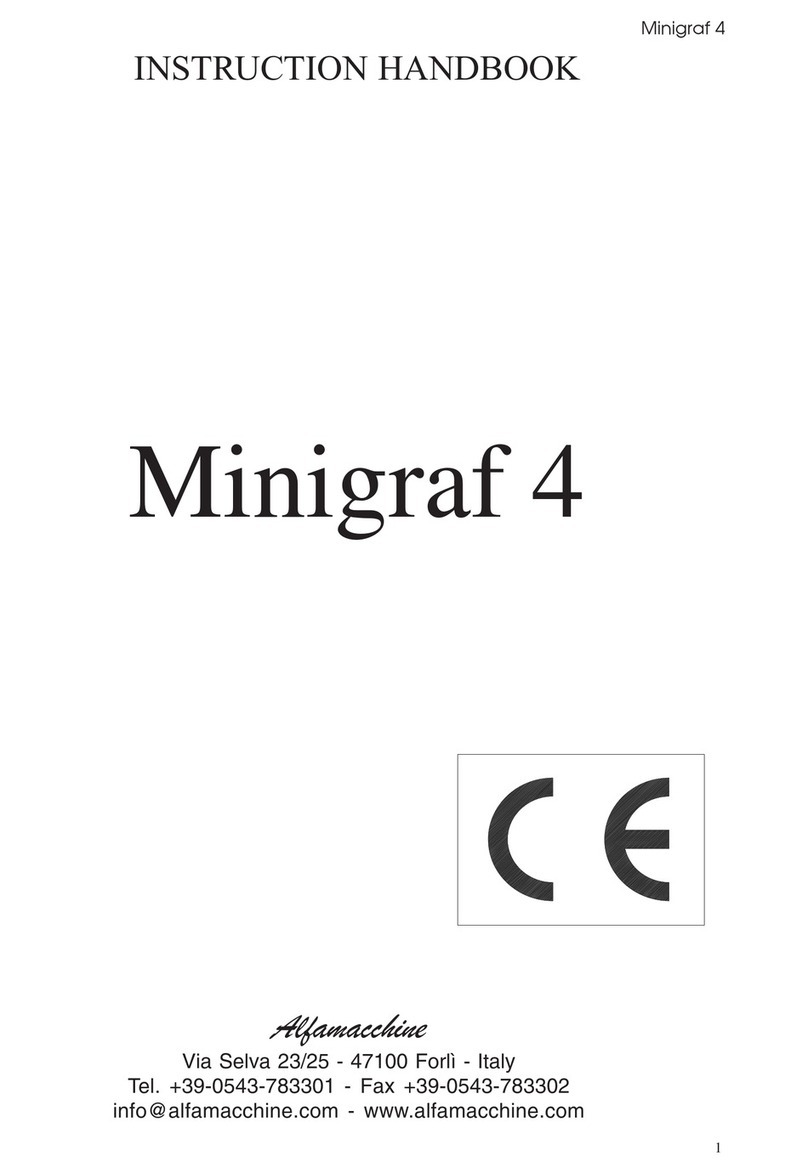
Alfamacchine
Alfamacchine Minigraf 4 Instruction handbook



















